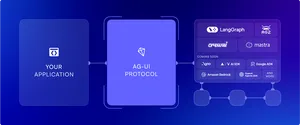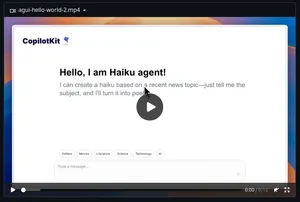Jash Naik
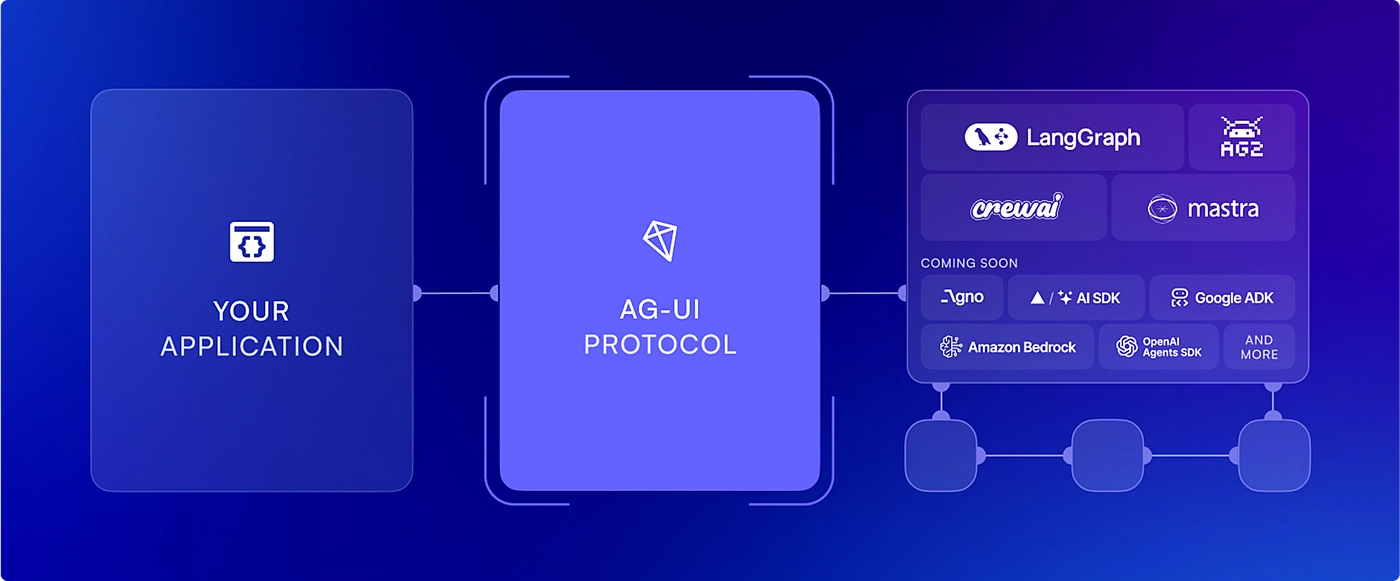
AG-UI Protocol: Standardizing Event-Driven Communication Between AI and UI
TL;DR
- Open, lightweight protocol for AI agent-UI communication
- Standardizes real-time, event-driven interactions
- Eliminates need for custom connectors
- Supports streaming responses and live updates
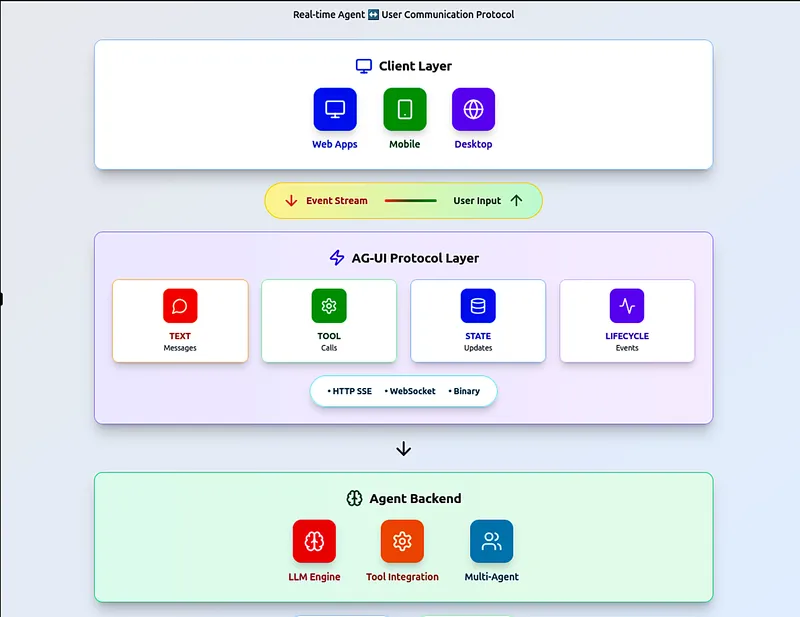
High-level architecture overview of AG-UI protocol and its components
Introduction
As developers, we’ve all faced the challenge of integrating AI capabilities into our applications. The process often involves cobbling together custom WebSocket implementations, parsing text blobs, or dealing with framework-specific quirks that make our code brittle and hard to maintain.
Common Pain Points in AI Development:
- Writing custom parsers for LLM streaming responses
- Managing tool calls and execution status
- Keeping UI state synchronized with backend
- Switching AI providers without rewriting code
- Implementing human-in-the-loop workflows
Understanding AG-UI
AG-UI is an event-driven protocol that serves as a universal translator between AI agents and frontend applications. Let’s dive into the core concepts:
// Example of AG-UI event types
type AGUIEventType =
| 'TEXT_MESSAGE_CONTENT' // Text streaming
| 'TOOL_CALL_START' // Tool execution
| 'TOOL_CALL_END'
| 'STATE_DELTA' // State updates
| 'USER_INPUT_REQUEST' // User interaction
| 'RUN_STARTED'
| 'RUN_FINISHED'
| 'RUN_ERROR';
interface BaseEvent {
type: AGUIEventType;
threadId?: string;
runId?: string;
}Protocol Architecture
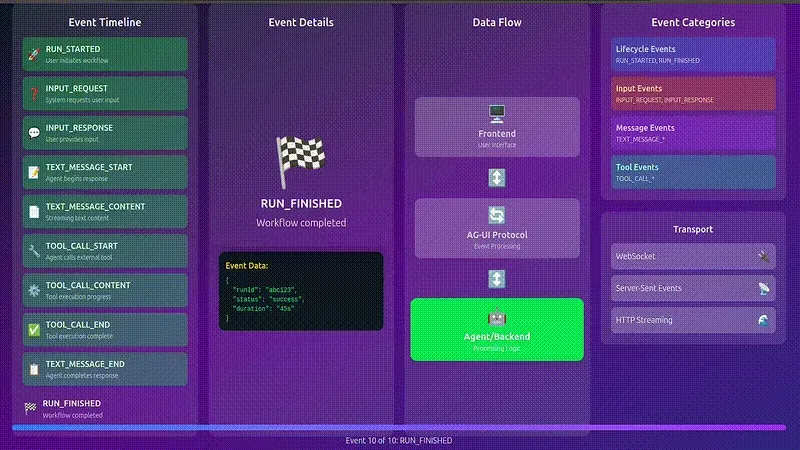
Detailed view of AG-UI’s event-driven communication flow
Key Features
Let’s explore the core features that make AG-UI powerful:
// Basic AG-UI client setup
import { AGUIClient } from '@ag-ui/client';
const client = new AGUIClient('http://localhost:3000');
// Listen to streaming events
client.runAgent({
messages: [{ role: 'user', content: 'Hello!' }],
threadId: 'chat-1'
}).subscribe({
next: (event) => {
switch (event.type) {
case 'TEXT_MESSAGE_CHUNK':
console.log('New token:', event.delta);
break;
case 'TOOL_CALL_START':
console.log('Tool started:', event.toolName);
break;
}
}
});Integration Capabilities
AG-UI Protocol Ecosystem:
- MCP (Model Context Protocol) - For tool connections
- A2A (Agent-to-Agent) - For agent communication
- AG-UI - For user interface interactions
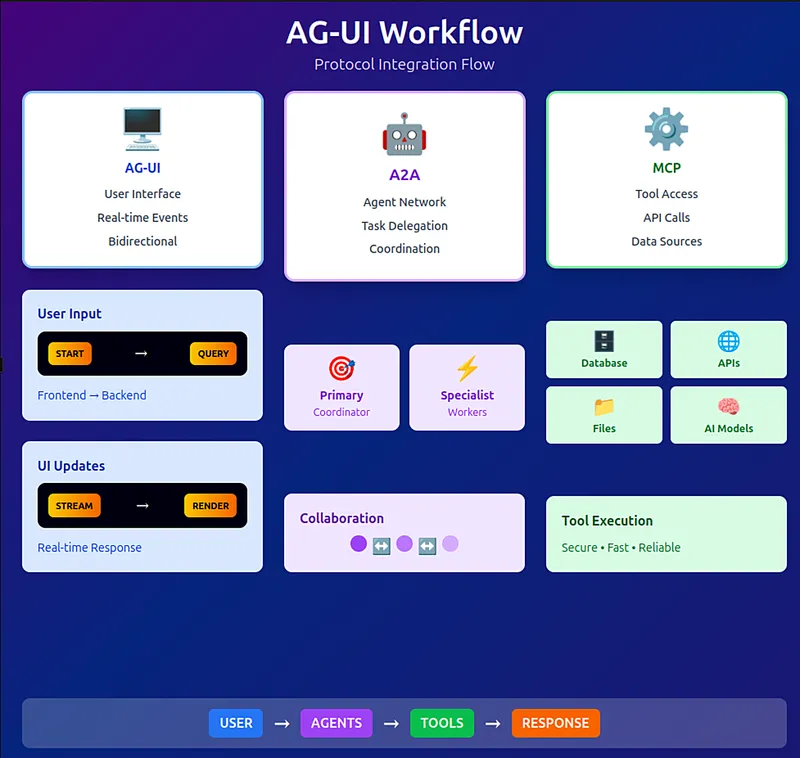
AG-UI’s integration with complementary protocols and technologies
Conclusion
AG-UI Protocol is a game-changer for developers looking to integrate AI capabilities into their applications. By standardizing event-driven communication, it eliminates the need for custom connectors and provides a robust framework for real-time interactions. With AG-UI, you can focus on building intelligent applications without getting bogged down in the complexities of AI integration.
Further Resources
You May Also Like
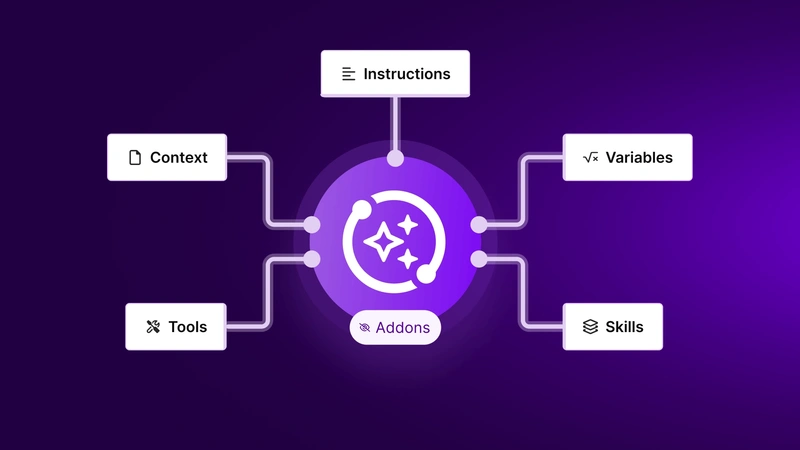
Demystifying AWS Strands Agents: A Developer-Friendly Guide to Building AI Agents in Minutes
AWS Strands Agents is an open-source SDK that revolutionizes AI agent development by embracing a model-driven approach, allowing developers to build production-ready agents with just a few lines of code.
Building AI Applications with MCP: A Complete Guide Using LangChain and Gemini
Learn to build intelligent AI applications using Model Context Protocol (MCP) with LangChain, langchain-mcp-adapter, and Google Gemini models. From setup to deployment, create a fully functional CLI chat application.
Building an Advanced HTTP Request Generator for BERT-based Attack Detection
A comprehensive guide to creating a sophisticated HTTP request generator with global domain support and using it to train BERT models for real-time attack detection
